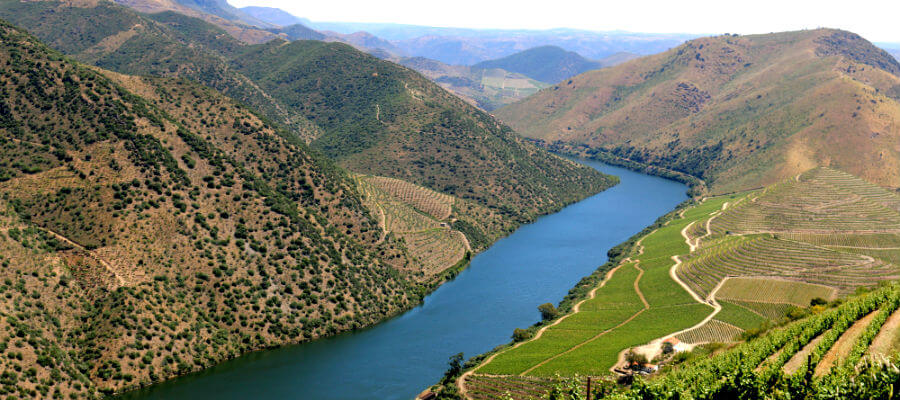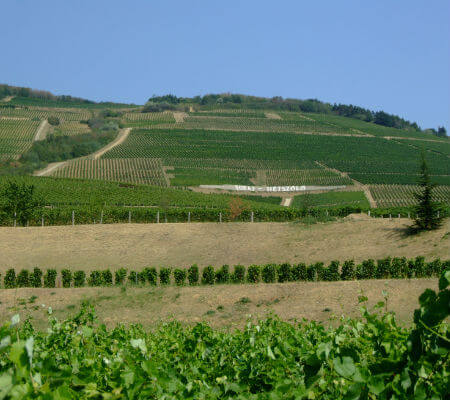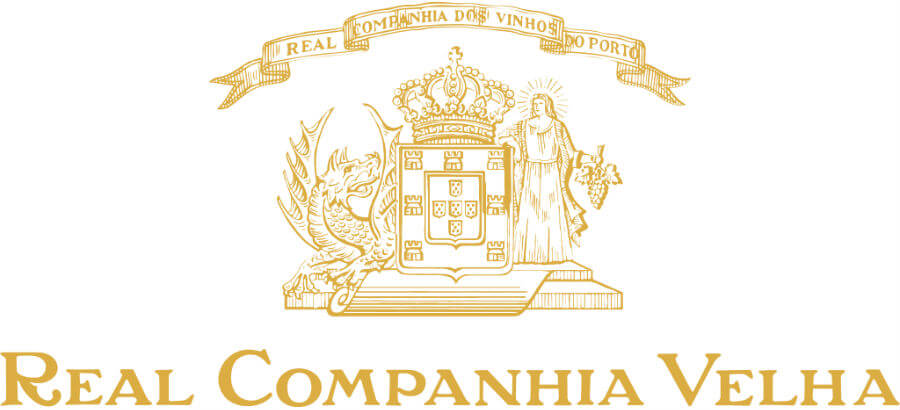Text João Barbosa | Translation Jani Dunne
I couldn’t possibly be a politician; I kept my promise! I did write “terroir”. And why? Because the English and French were on bad terms again, and Douro had the quality that insular throats demanded. Sebastião de Carvalho e Melo knew about the quality of wines with specific origins, so he demarcated the location.
It is still necessary to go back in history, and I once again promise to end the text with “terroir”. This concept is usually applied to France. But that is an illusion derived of the creation of the word. Throughout history, people have always identified special locations for wine production. One day, someone thought of writing a law that would define that.

Douro © Blend All About Wine, Lda
The Portuguese say that the first region of the world to have been designated was Douro, thanks to the royal permit of the 1st of September 1756, written by Sebastião de Carvalho e Melo.
The Italians argue that Chianti was the first region to ever be demarcated, dating from 1716. In their own opinion, Hungarians and Slovaks counter the claim, saying it was Tokaj (Tokay), in 1730. Arguments can be found for anything and the Portuguese defend themselves with detailed specifications and with the placement of boundary stones.

Chianti Region in wikipédia.com

Tokaj Region in wikipédia.com
Still, the thought must have occurred to Carvalho e Melo because of the time he spent as ambassador in Vienna. The Roman-German Holy Empire was a sui generis state composed of multiple countries with various levels of independence and of monarchs. When it was dissolved in 1806, it comprised more than 400! Tuscany belonged to the Emperor and was part of the “Consortium”. The empress was Archduchess of Austria – another country in the empire – and the queen of Hungary, which was left out of that political organism.
The Companhia Geral da Agricultura das Vinhas do Alto Douro (Real Companhia Velha) had many duties, from institution, regulation, policing, exercising justice, sales monopoly… To defend the region and the authenticity of its wines, Sebastião de Carvalho e Melo ordered for vineyards in several areas of Portugal to be pulled out.

Real Companhia Velha logo in realcompanhiavelha.pt
Since everything that has any value ends up copied (counterfeited), the temptation to create non-existing wine quickly emerged. In order to successfully create the adulterations, elderberries were used to taint the liquid. Therefore, the ruler decreed that every bush within a five-Portuguese-league radius (about 15 modern miles) away from the designated area was to be pulled out.
Interestingly, bushes are still about 20 miles away from the region; however, there are no vineyards. They were on the border, within the legal limit. This means that Port wine continued to be tainted despite the ban. Not long ago, I wrote an article for Vida Rural about Sambucos nigra, a multipurpose plant that is undervalued; the 1730 acres in the country represent about 2.2 million Euro.
Sebastião de Carvalho e Melo was a man of his time. Enlightened and a despot. He pursued and almost exterminated the family of the Marquis of Távora, his opponents. Here’s an illustrious quote I have just made up: “If you serve the state and do not serve yourself, you do not deserve such state!”
The man who was later graced with the title of Count of Oeiras in 1759, and Marquis of Pombal in 1769 did not skip the chance to earn some money in a fashion not so frowned upon at the time. From his estate in Oeiras, many “Douro wine” casks were released, as were others from other properties he owned.
At the time, the Douro terroir had some features of the strong light of the sea close to Lisbon, of salinity, and of calcareous or clay-rich soil. Terroir…
Contacts
Real Companhia Velha
Rua Azevedo Magalhães 314
4430-022 Vila Nova de Gaia
Tel: (+351) 22 377 51 00
Fax: (+351) 22 377 51 90
E-mail: graca@realcompanhiavelha.pt
Website: realcompanhiavelha.pt




Leave a Reply